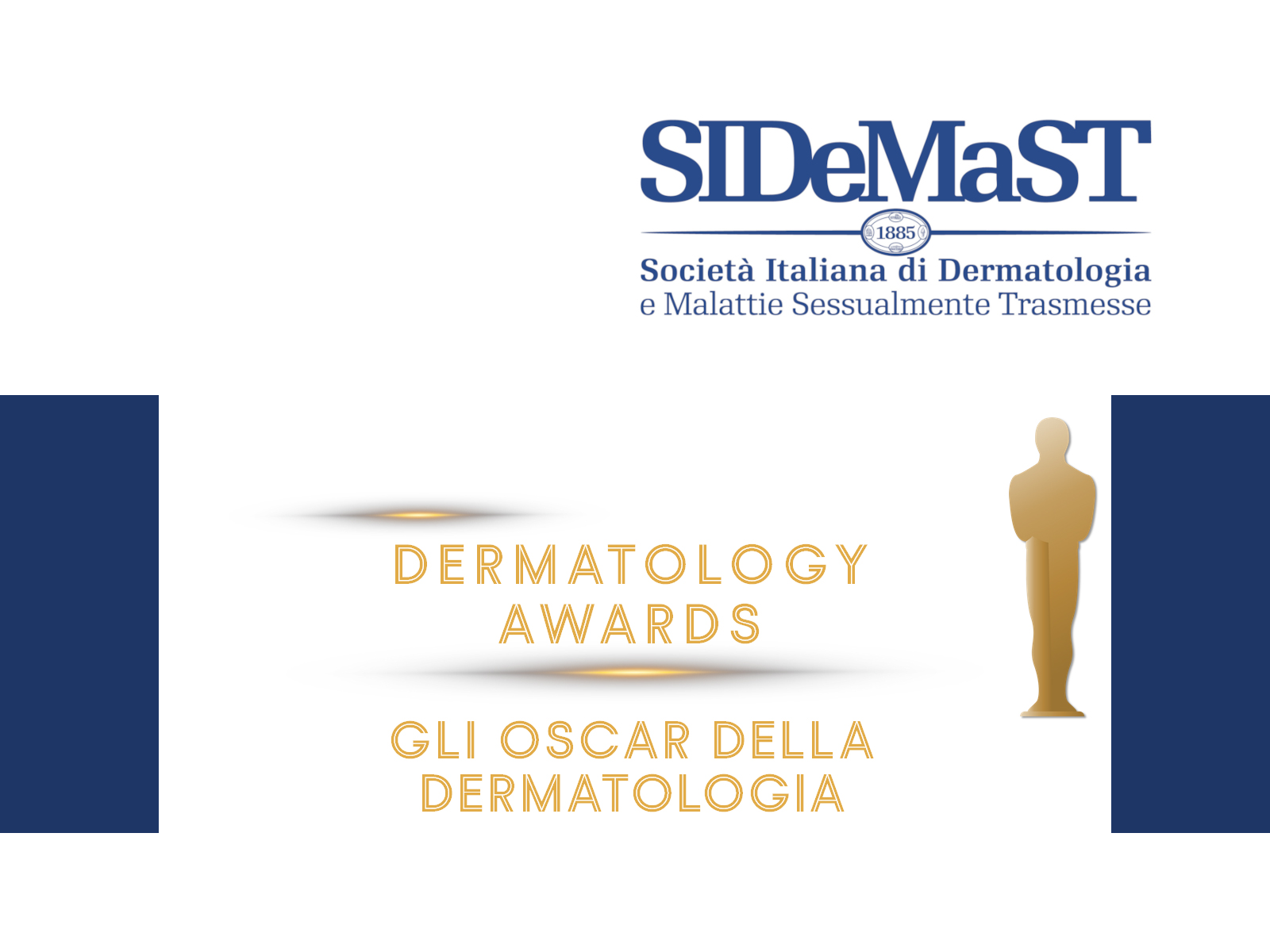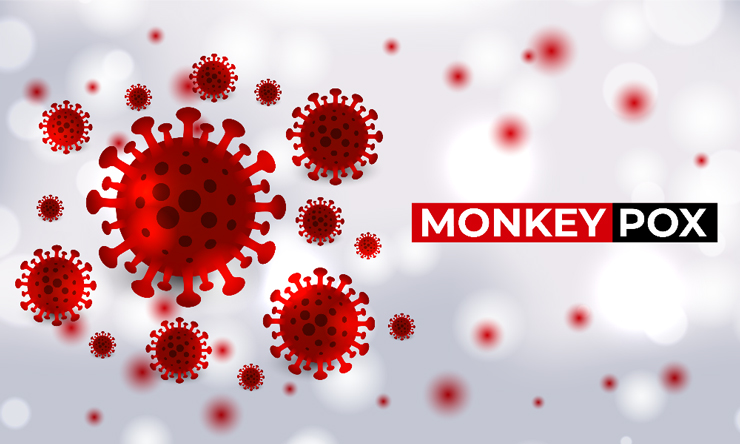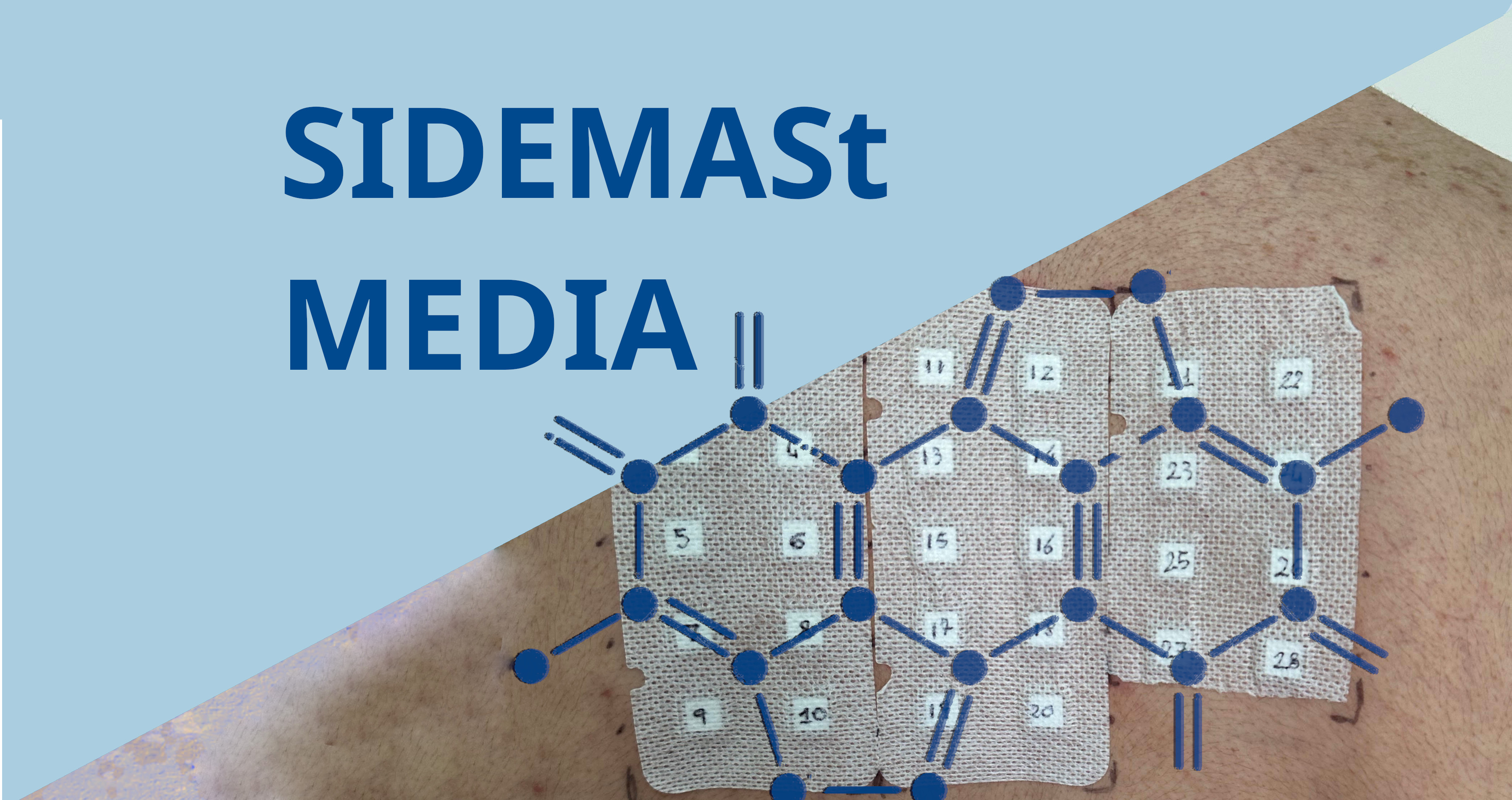"Spray products are considered a more convenient formulation when these body sites should be treated and the glycospheres formulation allows a slow release of the compounds, making them more bioavailable," explained Ada Lo Schiavo, MD, Clinica Dermatologica, Second University of Naples, Naples, Italy, and colleagues in their presentation at the 25th European Academy of Dermatology and Venereology (EADV) Congress. "This composition suggests this product could be particularly effective for treating the chest and back."
For the study, the researchers randomised 75 patients with mild to moderate acne involving back and chest regions to receive BR, AK or SP (25 patients in each group).
The primary endpoint was the evolution of the Global Acne Grading System (GAGS) score compared with baseline at week 6. Secondary outcomes included skin irritation (erythema and burning sensation) and skin xerosis using a semi-quantitative score from 0 (no symptom) to 3 (relevant symptom).
Although the GAGS score were significantly reduced following 6 weeks of treatment in all 3 groups from baseline (P = .0001), the greatest reduction in GAG score occurred in the BR group (-72%) compared with the AK group (-45%; P = .05) and the SP group (-36%; P = .009).
No significant differences between the 3 study groups were observed regarding erythema, burning, and xerosis scores at week 6.
At the end of the study the mean global skin tolerability score was 1.1 in the BR and AK groups and 0.8 in SP group.
In the BR group, 12 (48%) patients reported some grade of erythema, burning or xerosis compared with 15 (60%) in the AK group and 14 (56%) in the SP group.
Funding for this study was provided by Difa Cooper.
[Presentation title: Efficacy and Local Tolerability of Different Spray Products in the Treatment of Mild to Moderate Acne of the Back and Chest. A Controlled, 3-Arm, Assessor-Blinded Prospective Trial. Abstract P0007]








